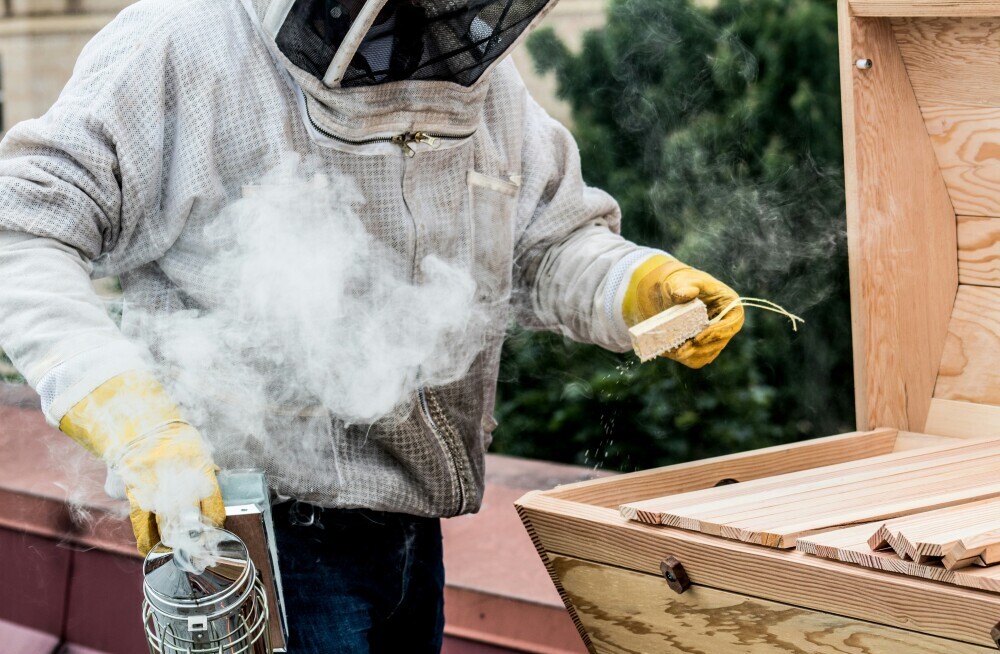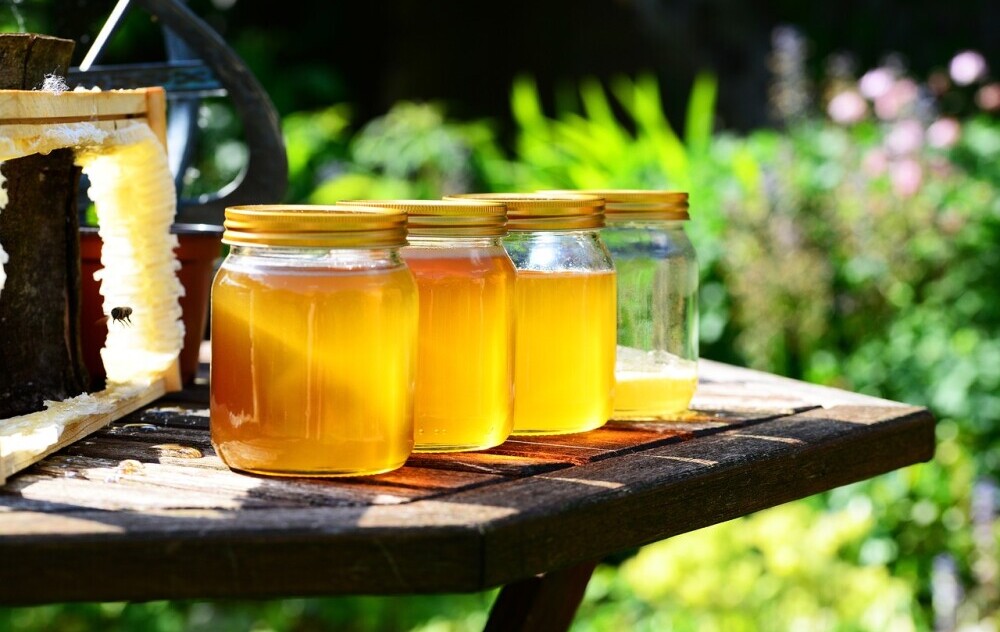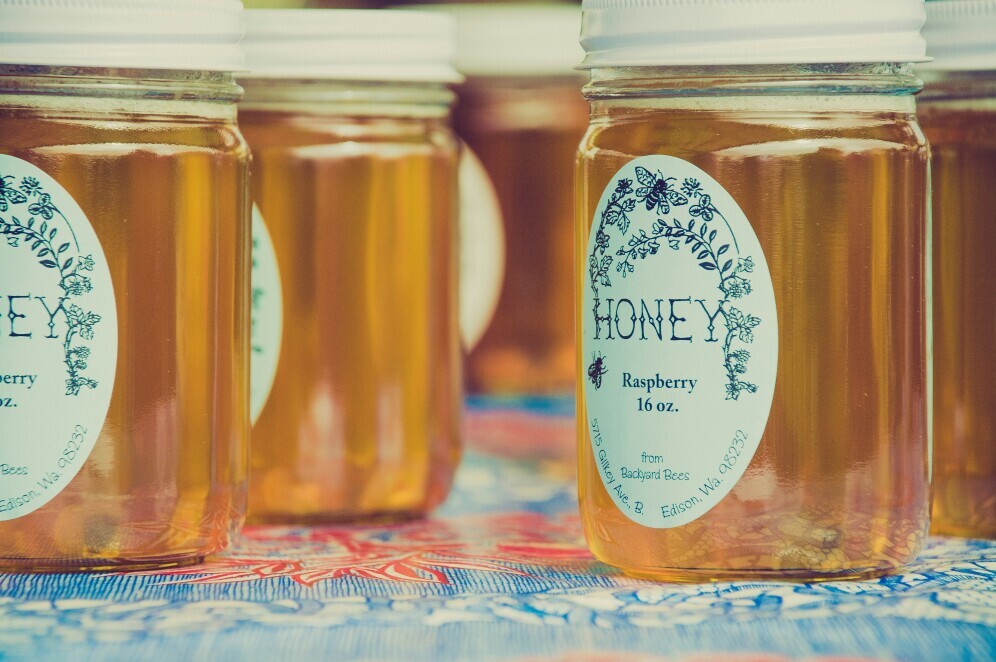I earn commissions if you shop through the links below at no additional cost to you.
Last Updated on February 3, 2025 by Jeremy
Harvesting honey is one of the oldest agricultural practices, dating back thousands of years. From ancient Egyptian tombs to medieval European monasteries, honey has long been valued for its sweetness, medicinal properties, and cultural significance. But beekeeping isn’t just about extracting honey—it’s a delicate balance of understanding bee behavior, respecting their cycles, and practicing sustainable methods to ensure the health of both the colony and the ecosystem.
For travelers, honey isn’t just something to drizzle over breakfast. Around the world, beekeeping traditions offer insight into different cultures, landscapes, and conservation efforts. Whether you’re visiting an organic honey farm in New Zealand, tasting wildflower honey in Tuscany, or learning about traditional African beekeeping methods, honey is a global connector—uniting nature, agriculture, and local traditions.
Before diving into the honey-harvesting process, let’s explore the importance of balanced beekeeping, eco-conscious honey production, and where travelers can experience this age-old practice firsthand.
Sustainable Beekeeping: Protecting Pollinators While Harvesting Honey

Sustainable beekeeping is about supporting pollinators while enjoying the benefits of honey production. Bees do more than make honey—they are crucial for pollination, biodiversity, and global food security. Without them, entire ecosystems—and many of our favorite foods—would suffer.
Harvesting honey the right way means leaving enough for the bees to thrive. Ethical beekeepers avoid over-harvesting, ensuring colonies have enough stored honey for winter. This practice prevents colony stress, supports bee populations, and ensures long-term honey production.
Travelers looking to support sustainable beekeeping can visit eco-friendly honey farms, learn about traditional methods, and even participate in hands-on honey-harvesting experiences around the world.
Where to Visit Sustainable Beekeeping Farms:
- Slovenia – The world’s beekeeping capital, home to traditional Carniolan honeybees and sustainable beekeeping practices.
- New Zealand – Explore Manuka honey farms and learn about one of the most sought-after medicinal honeys.
- Greece – Taste honey from wild thyme and pine trees while exploring centuries-old Greek beekeeping traditions.
Essential Tools & Equipment for Beekeepers

Before harvesting honey, beekeepers need the right tools to work efficiently and safely. Think of it like gearing up for an outdoor expedition—being prepared makes the process smoother and minimizes risks.
Key Beekeeping Equipment:
- Smoker – Keeps bees calm, reducing stress and making hive inspections safer.
- Hive Tool – Helps pry apart frames and remove excess wax without damaging the hive.
- Bee Brush – Gently moves bees without harming them.
- Protective Gear – A full beekeeping suit, gloves, and a veil prevent stings and ensure safety.
- Honey Extractor – A centrifugal device that spins frames to extract honey efficiently while preserving the wax comb.
- Glass or Food-Grade Plastic Jars – Ideal for storing honey without contamination.
- Fine-Mesh Strainers or Cheesecloth – Filters out wax and debris for a pure final product.
Sustainable beekeepers also prioritize natural materials and avoid unnecessary plastic waste, ensuring their tools are as eco-friendly as their honey production.
Where to Learn Hands-On Beekeeping Techniques:
- Tuscany, Italy – Join local beekeepers for a honey-harvesting workshop in the rolling countryside.
- Hawaii, USA – Visit organic honey farms in Maui and learn about sustainable beekeeping in tropical climates.
Step-by-Step Honey Harvesting Process

Harvesting honey is a seasonal process, typically done in late summer or early fall, when bees have had enough time to produce and store surplus honey.
1. Preparing the Hive
- Use a smoker to gently calm the bees.
- Slowly open the hive and inspect the frames.
2. Selecting the Right Frames
- Look for fully capped honeycomb (covered in wax), indicating the honey is ready.
- Avoid over-harvesting, leaving enough honey for the bees to survive winter.
3. Removing the Honey Frames
- Gently brush off bees to avoid harming them.
- Place frames in a bee-free area before extraction.
4. Extracting the Honey
- Using an extractor – Spin the frames in a centrifugal extractor to release honey.
- Crush-and-strain method – Cut the comb, crush it, and let honey drain through a mesh filter.
5. Filtering & Bottling
- Strain honey to remove wax or debris.
- Let honey sit for 1-2 days to allow air bubbles to rise.
- Store in airtight glass jars for long-term preservation.
Where to Try Honey Harvesting as a Traveler:
- Spain (Andalusia) – Learn about organic honey harvesting from Spanish beekeepers.
- Morocco – Visit traditional honey cooperatives producing rare desert honey.
- South Africa – Explore how African beekeepers use sustainable hives in conservation efforts.
Tips & Tricks for Ethical Honey Consumption

- Support Local Honey Farms – Buying local honey reduces carbon footprint and supports beekeepers.
- Look for Raw & Unfiltered Honey – Minimally processed honey retains nutrients and antioxidants.
- Avoid Mass-Produced Honey – Many commercial brands mix honey with high-fructose corn syrup and additives.
- Choose Organic or Sustainable Honey – Certified organic honey ensures chemical-free beekeeping practices.
- Store Honey Properly – Keep honey in a cool, dry place to prevent crystallization.
- Try Different Honey Varieties – Explore unique flavors from lavender honey in France to eucalyptus honey in Australia.
- Be Mindful of Labels – Look for certifications like USDA Organic, Fair Trade, or Bee-Friendly Farming.
Final Thoughts: A Taste of Nature’s Sweetest Gift
Beekeeping is more than just harvesting honey—it’s a practice of patience, respect, and sustainability. Around the world, honey tells a story of landscapes, cultures, and conservation efforts. Whether you’re savoring a spoonful of golden honey in the Alps or watching traditional beekeepers in Southeast Asia, this simple ingredient connects us to nature and the hardworking pollinators behind it.
By choosing ethically sourced honey, supporting sustainable beekeeping, and learning about beekeeping traditions worldwide, we protect pollinators and preserve the environment—ensuring that future generations can continue to enjoy honey’s natural sweetness.
Find Beekeeping Tours & Experiences Here: Explore Honey Farms & Beekeeping Travel

Leave a Reply